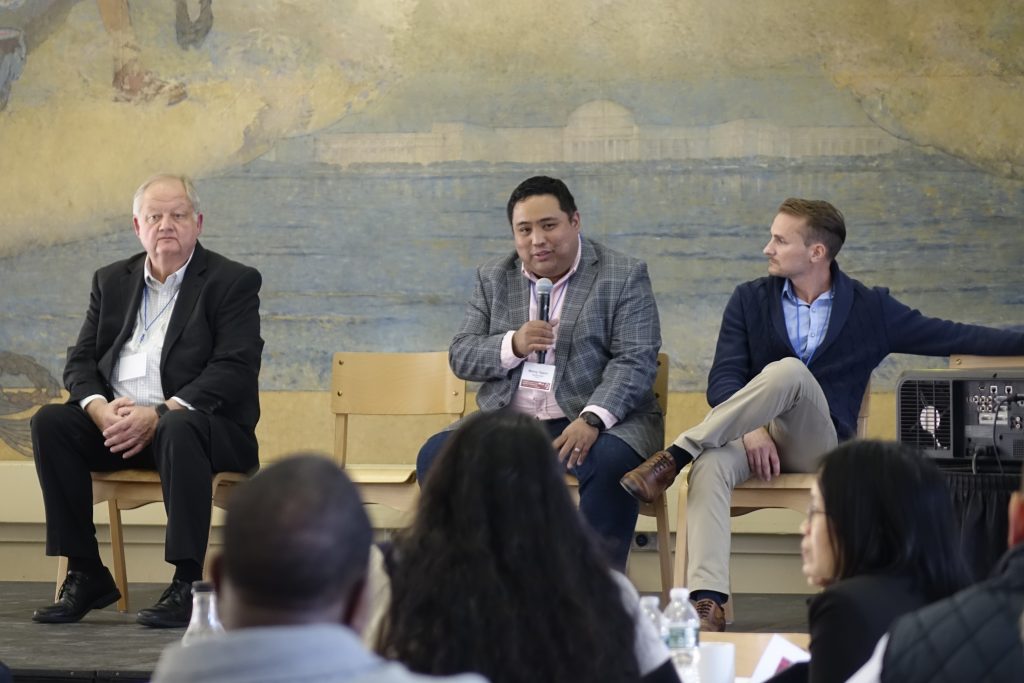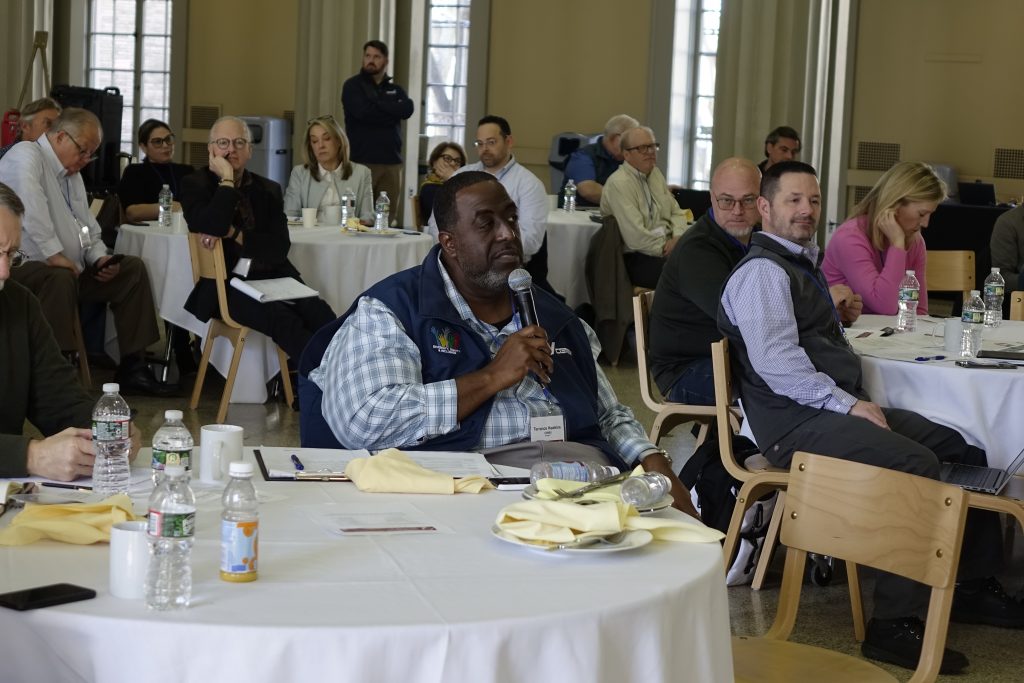In The Globe and Mail, Randolph Kirchain discusses cool pavements, which can help cities mitigate the impacts of extreme heat and the urban heat island effect. Cool pavements like concrete stay cooler in the sun, helping reduce air temperatures in comparison to conventional pavements. Kirchain notes that this technology is currently “underappreciated” and is important to take advantage of when greening spaces is not feasible.
















